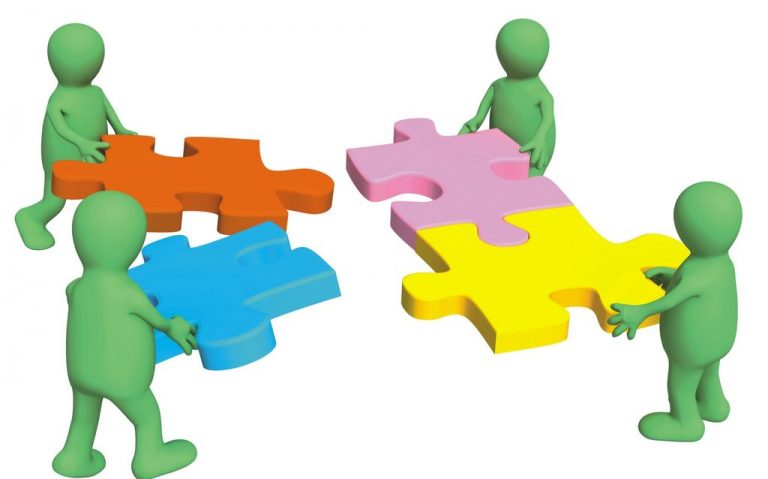Time Frame in Psychotherapy
Often in supervision and intervision meetings with my colleagues, we touch upon the topics that appear and reappear within different client-therapist relationships. One of such topics is the matter of time frame, i.e., clients wondering what it is they/we should be focusing most of our attention on. Depending on the client, they usually wonder whether it’s okay that we’re spending too much time or too little time talking about their distant past (such as their developmental history), whether we’re discussing the future too much or not enough, and so on.
Theory-focused Timeframe
During my intervision meeting, where this became the topic, my colleagues and I realized that the time frame one chooses to attribute most importance to can be largely influenced by their theoretical orientation. Meaning, a psychodynamic therapist would typically focus on the distant past the most, an existential/experiential/humanistic therapist would focus on the present, and a cognitive-behavioural one probably on the near future.
Of course, ideally, no therapist would be blinded by their theoretical orientation, leaving behind their client’s best interest. In my personal opinion, most therapists start from a more integrative perspective when they strive to follow the patient and meet them where they are. Sometimes a client could benefit most from looking at the distant past, sometimes from looking at the present or even distant future. The answer to when it’s appropriate to focus on which time frame greatly depends on the symptomatology and the context.
The Five Different Timeframes
When it comes to timeframes, we could roughly divide them into five different types: distant past, recent past, present, near future, and distant future. I’ve recently listened to Marvin Goldfried and Allan Frances discuss this and they talked about certain examples that prove there’s value in all of these time frames, depending on the situation. For example, focusing on the distant past, as most psychoanalysts do, would be very valuable if we were to look for and work on a recurring behavioural pattern.
What function does this serve?
The function of doing this would be to gain insight – to understand why a certain pattern was formed, how it served us in that moment in time, and how it shaped and continues to shape our relating to the world. Ideally, once we understand that what we’re doing right now may be a learned pattern and not something that’s adequate in all situations, we are able to choose to behave differently from then on. Also, sometimes we have unfinished business with people in the past (e.g., with our parents), so focusing on the past might contribute to resolving those and moving on from them.
Why focus on the past?
Of course, if we focus on the distant past exclusively, that’s no good either as we stand to risk staying stuck there and endlessly analysing to no avail, avoiding dealing with the present. The past is important if it helps us understand the present and change the future. Now, focusing on the recent past is significant because it tells us about the stressors in the person’s life that took place right before the client came to see us. Inquiring about this can help us figure out the ongoing stressors, what the client needs and why they decided to start therapy in this very moment. It helps us understand the person’s symptoms – for example, if the client shows symptoms of depression, we are a lot more likely to understand and help them if we look at their symptoms within the context of their current situation than we are if we try a certain textbook one-size-fits-all approach.
Present-focus
Focusing on the present happens when we look at what happens in the session. To an extent, the person’s way of reacting to certain things, their facial expression and so on, serves as a sample of their behaviour outside the session. This also allows the therapist to adapt to the client and to adjust their approach according to where the client is at the very moment. It also gives ample opportunity to notice a pattern when it appears within the therapy relationship, and to work on it then and there, providing the client with a potentially valuable corrective experience.
What about the near future?
We focus on the near future when we talk about homework assignments, when we talk about the insights or conclusions we’ve come to during the session and how that might affect our lives in the following days, weeks, and years. Many therapists think that the majority of what happens in therapy happens in between sessions and in the near future that follows each session – we get the insight, and then we see what we can do with it and test it in the reality we live in.
Look into the distant future
Now, focusing on the distant future can be useful when a client feels demoralized, discouraged, or hopeless – it may be helpful to share with clients that just because things turned out badly in the past doesn’t mean that that’s what’s waiting for them in the future too. We need to instill a vision of a potential better distant future, so they’d feel motivated to work on their present and near future, as well as to dig through the discomfort of past memories.
If you think that you can benefit from professional support on this issue you can reach out here.
Branka Mlinar is a psychologist and Gestalt therapist offering psychotherapy and counselling to adolescent and adult individuals. She’s mostly worked with problems of anxiety, interpersonal and relationship issues, procrastination, work-related stress, trauma, and grief.
References
Fuertes, J. N., & Nutt Williams, E. (2017). Client-focused psychotherapy research. Journal of Counseling Psychology, 64(4), 369.







